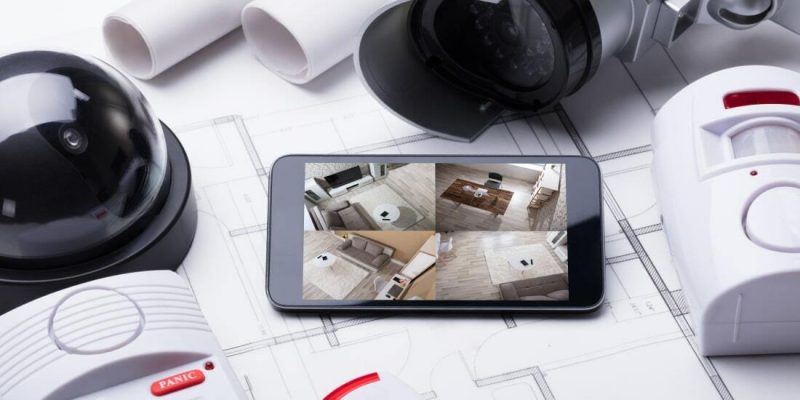Home security systems are very much in demand as homeowners want to protect their investment, valuables and of course their loved ones. There are 2 distinct types of alarm systems available on the market – wireless and hardwired. Wireless systems are becoming more popular and have a lot to offer users especially when compared to the traditional hardwired security system. There are a few things that customers should consider before buying and installing it.
Customers will undoubtedly come across a number of models in wireless home security systems. Even though wireless systems and Security Systems Memphis are becoming more popular, they are not the right choice for every home. Here are few reasons – pros and cons – that a person should consider before owning a wireless system. There are quite a few tips that one can keep in mind so that the system that will be installed is truly effective for the job.
Advantages of Wireless security systems:
- One of the biggest advantages to choosing a wireless system over a hardwired setup is cost. Wireless systems save owners thousands of dollars in installing costs – there is no need for labor or buying lengths of wire.
- Wireless systems are so easy to install that anyone who can hang up a picture on the wall can do this installation. There are no wires to deal with as far as a wireless system is concerned – only the electrical cord to the control panel. All that needs to be done is to install sensors in the required areas. Sensors are also available with adhesive backing and these can be glued into place, saving the DIY person or an installer the trouble of drilling through walls or even concrete.
- Running wiring through walls is a time consuming process and hooking up all the wiring to the central power box requires skill. If the home is a really large one, it makes sense to install a wireless system and save money than go for the traditional security system.
- When one is dealing with a large or difficult home security system installation, make sure that it is powerful enough to handle the job. A 2-ghz system or higher will be able to keep in touch with the different sensors installed throughout the property, through different kinds of dense materials used in a structure. Most average sized single family homes will be able to get by with a 1-ghz receiver.

Comments